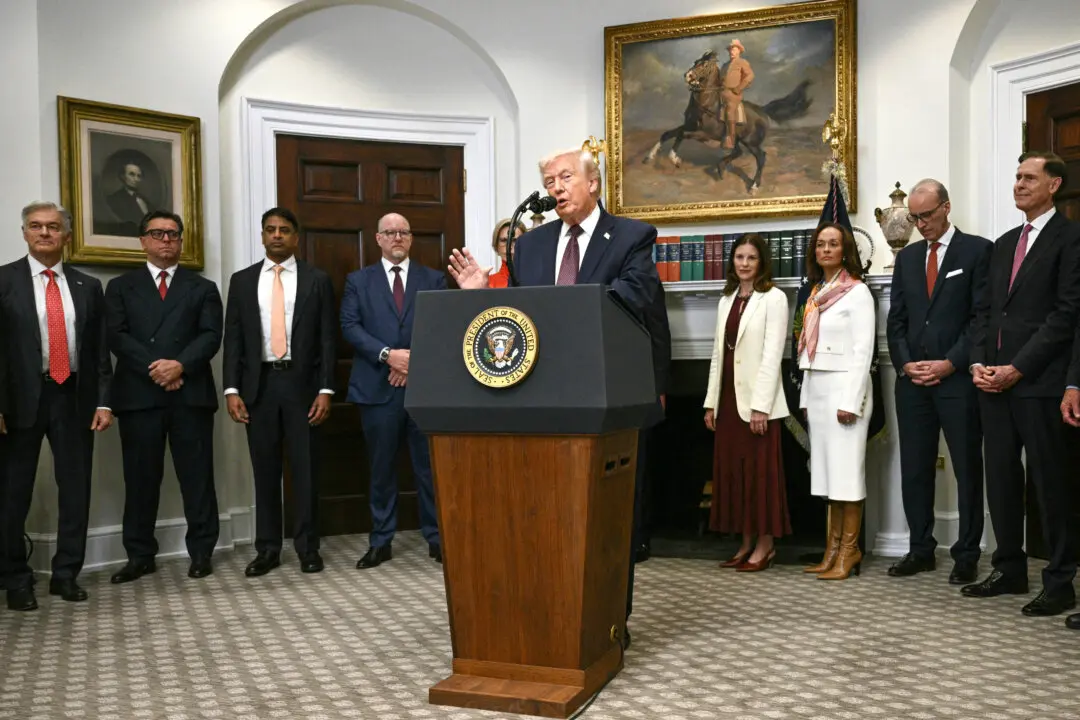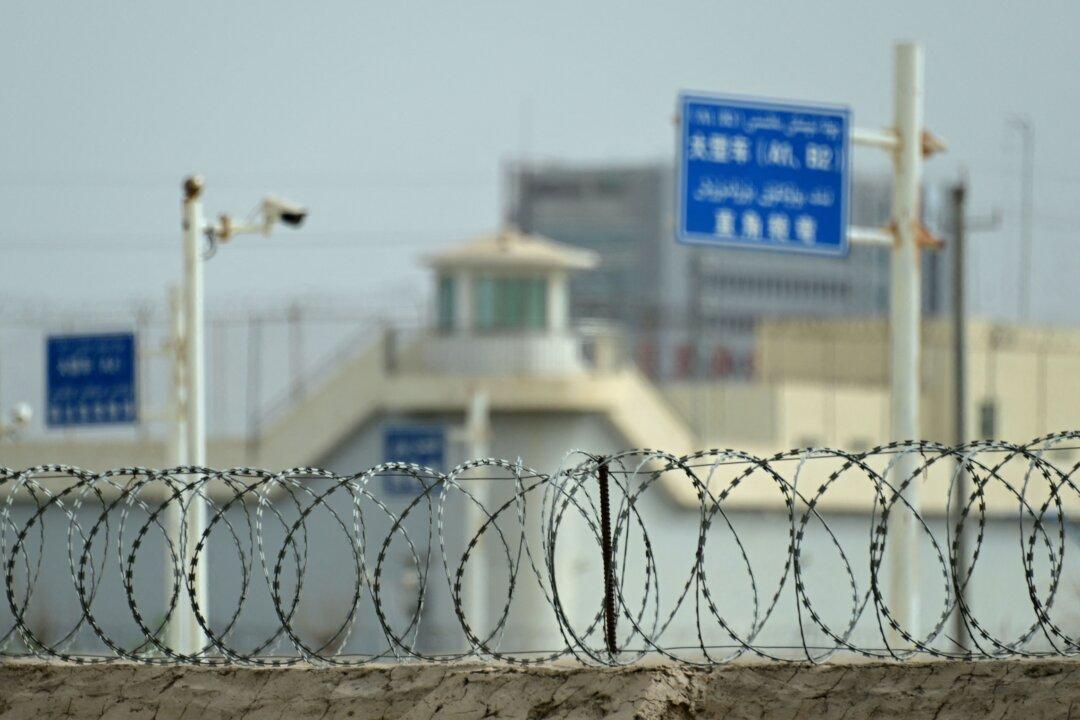The Solomon Islands has joined 13 other Pacific nations in signing an 11-point partnership declaration with the United States, despite initially refusing and requesting more time to review it.
A total of 15 nations and regions, including the United States, signed the partnership declaration on the final day of their first-ever summit in Washington, according to a statement issued by the White House.





